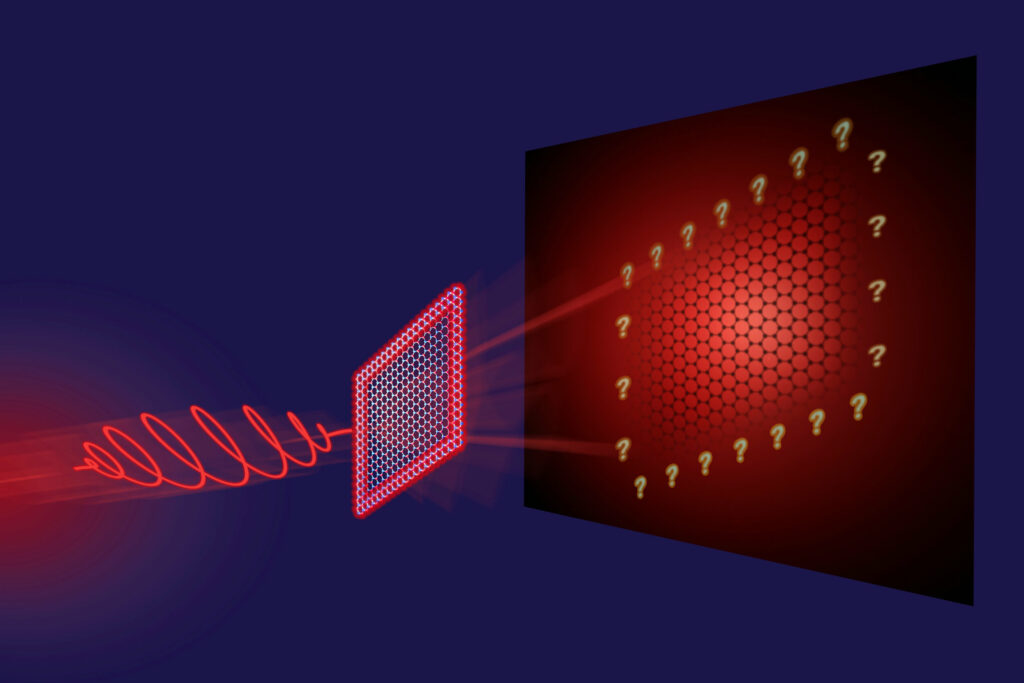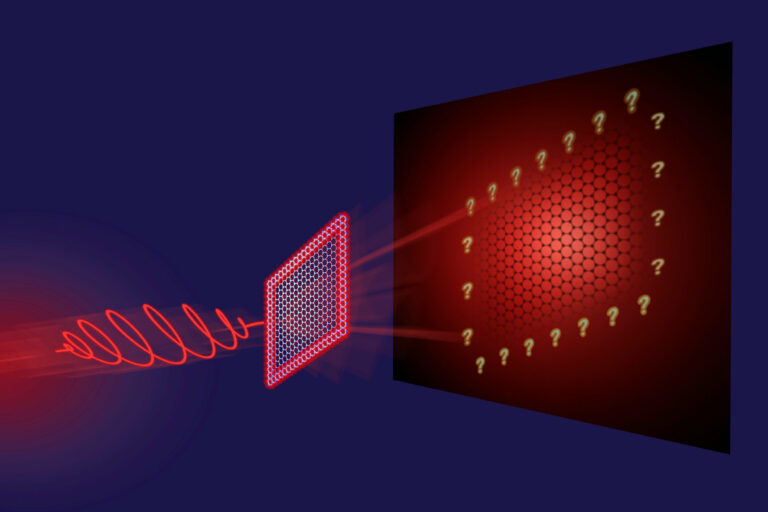Research Reveals Absence of Universal Topological Signatures in High Harmonic Generation
Topology plays an enormous role in modern condensed matter physics and beyond. It describes how solid materials can combine two very different and somewhat contradictory properties—for example, topological insulators are materials whose bulk acts as an insulator, but whose surfaces and edges can conduct electricity nonetheless.
In the last few decades, the concept of topology has changed the way scientists think of electronic structure and material properties altogether. Moreover, it has paved the way towards technological applications that incorporate topological materials in electronics.
At the same time, topology is quite tricky to measure, often requiring combinations of multiple experimental techniques such as photoemission and transport measurements.
A method known as high harmonic spectroscopy has recently emerged as a key technique to observe the topology of a material. In this approach a material is irradiated by intense laser light. The interactions between electrons in the material and the laser result in the emission of a broadband optical spectrum—which contains clues about the topological phase of the solid. With the help of theoretical calculations, those clues can be extracted in order to measure the material topology.
However, an MPSD theory team now reports in Physical Review X that it has found no evidence of any universal topological signatures after performing the first ab initio investigation of high harmonic generation from topological insulators.

Focusing on a quantum spin Hall insulator in a monolayer of Bismuth atoms, and a quantum anomalous Hall insulator in a single monolayer of Na3Bi, the researchers questioned the underlying assumptions of topological high harmonic spectroscopy: That topological information is imprinted on the emitted spectra and can be subsequently extracted.
“We specifically set out to avoid common approximations and simplified models,” explains lead author Ofer Neufeld. “In this vast and thorough analysis, we could not identify any universal topological signatures, hinting that it is unlikely such signatures exist. Even if at first glance some features seemed to strongly correlate with a topological property, whenever we dug in to their origin it was never topological.”
Instead, the non-topological aspects of the system dominated its response, suggesting that topology may play a more minor role than previously thought. “For instance, a solid can react differently to laser light that is left or right elliptically polarized,” Nicolas Tancogne-Dejean, the paper’s second author, explains. “Initially it might seem that that typical response originates in the topology. However, on closer examination this effect turns out to stem from the crystal structure, rather than the topological structure.”
The team’s findings raise important questions about the potential use of topology for applications in highly nonlinear optics. On a more positive note, the MPSD theoreticians stress that they do not rule out the existence of topological signatures in high harmonic generation altogether. However, they argue that other non-topological aspects of the material usually dominate the resulting spectra, such as the band structure, lattice symmetry and the chemical nature of the participating orbitals.
“We hope that our study will not only provide a ‘cautionary tale’ to warn others of potentially misleading topological fingerprints, but more importantly, that it will motivate the community to come up with more complex and robust ideas for how to measure topology through nonlinear optics,” Neufeld concludes.
This article is republished from PhysORG under a Creative Commons license. Read the original article.
Do not forget to share your opinion with us to provide you with the best posts !




0 Comments